Morpho-Histological Analysis of Paramignya lobata
- Miao En Lee

- Mar 3, 2021
- 1 min read

Paramignya lobata is an under-explored wild citrus plant. It has a climbing vine with acuminate leaves, weakly arching branches, and short spines along its stems. It is native to Peninsular Malaysia and widely distributed in lowland forests. Like other members in the Rutaceae family, it has secretory cavities in its stems and leaves to secrete valuable metabolites such as alkaloids, saponins, triterpenes and steroids (Bowen and Lewis, 1978). These constituents reveal the potential application of its stems and leaves in cancer chemopreventive therapy (Ninh, 2018). Other medicinal benefits of Paramignya lobata include inducing cervical contraction during childbirth (Burkill, 1935) and supplementing post-natal conditions (Morad, 2012). However, anatomy of this medicinal plant is entirely unclear. The aim of this study is to establish an optimized histological protocol to elucidate the stomatal features as well as anatomical structures of its leaves and stems.



Comments